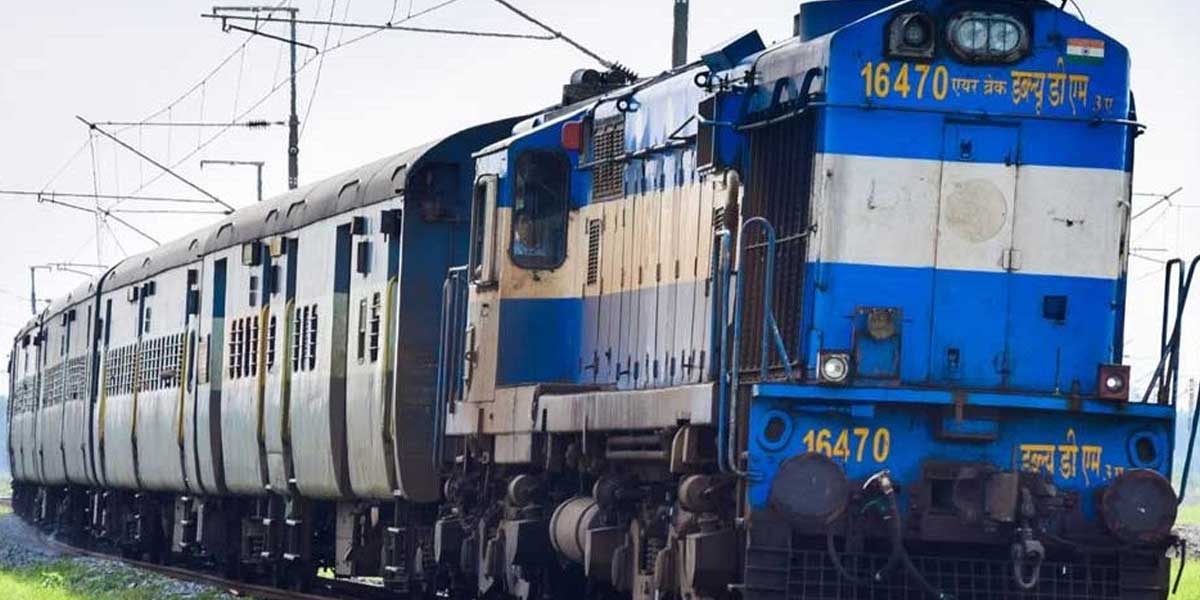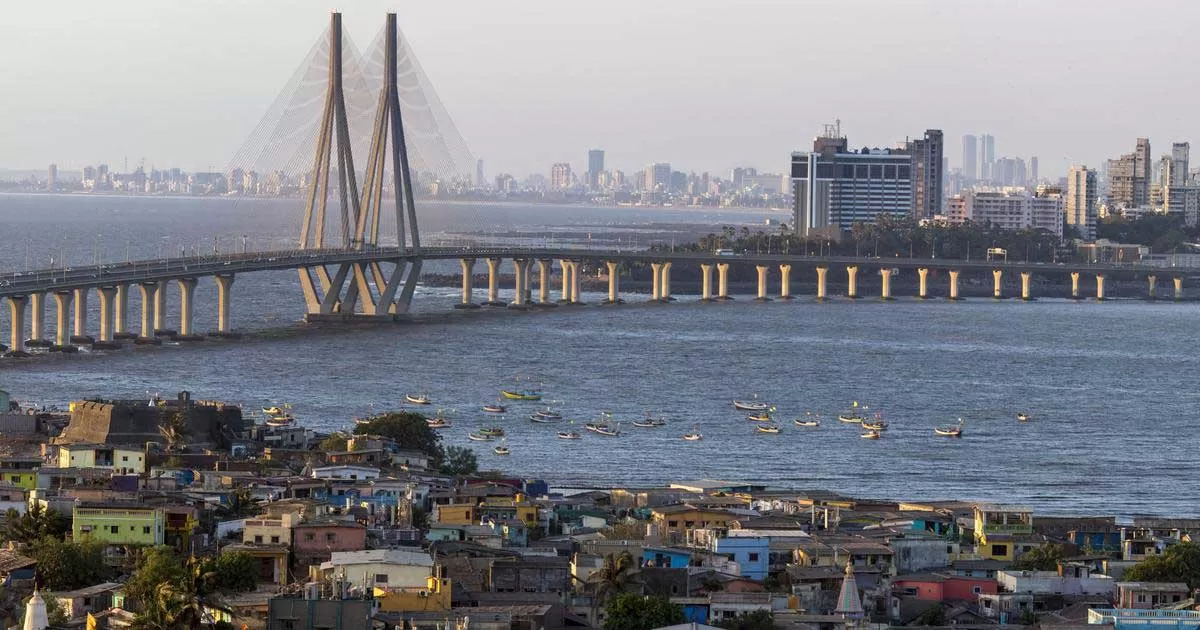
For FY 2022-23, Railways reports record revenue of Rs. 2.40 trillion

Kobelco India Rolls Out 20,000th Excavator, Expands R&D in Sri City
Kobelco Construction Equipment India (KCEI) has achieved a major milestone by producing its 20,000th excavator at its Sri City, Andhra Pradesh plant. This facility caters to both domestic and international markets, reinforcing India’s role in Kobelco’s global operations.Takemichi Hirakawa, MD & CEO, KCEI, stated, “This milestone reflects our commitment to high-quality equipment and India's growing importance as a manufacturing hub. We continue investing in R&D to support our long-term growth strategy.”KCEI is also expanding its R&D centre in Sri City to drive te..

Godrej Powers Versova-Bandra Sea Link with Sustainable Precast Solutions
Godrej Enterprises Group’s Construction business is strengthening Mumbai’s infrastructure with sustainable solutions, supplying 3,500 precast concrete sacrificial slabs and 500 precast tub components for the Versova-Bandra Sea Link’s Temporary Access Bridge (TAB).Anup Mathew, EVP & Business Head, Godrej Construction, stated, “We are committed to accelerating India’s infrastructure growth through sustainable construction. By integrating low-impact materials and circular construction practices, we reduce environmental footprints while ensuring durability.”The precast componen..

Atmosphere Realty Redeems Rs 2.17 Billion NCDs Ahead of Schedule
Atmosphere Realty (ARPL), a joint venture of The Wadhwa Group (50 per cent), Man Infra Construction Ltd (30 per cent), and Chandak Realtors (20 per cent), has fully redeemed Rs 2.17 billion secured Non-Convertible Debentures (NCDs) ahead of their scheduled 2030 maturity.Issued on 9 December 2020, these 2,179 debentures (Rs 10 lakh each) were acquired by Marubeni Corporation, a Japanese conglomerate with a presence in over 65 countries.The early redemption on 24 March 2025 was enabled by robust sales and internal accruals from Atmosphere O2, a premium gated community in Nahur, Mulund West, Mumb..














